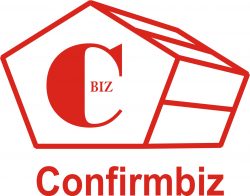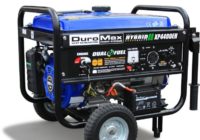A Simple Description Of The Generator Complex
The generator as you know it does not generate electricity by magic or by prayers to God. It generates electricity by a simple mechanism.
A generator is a machine that generates electricity for the home , office, et cetera for consumption.
The basic generator generates electricity by using Five major components which are;
- A magnet
- Brushes/Carbon Brushes
- Cummutator
- Copper Wire Loop
- A Battery or An Output Wire
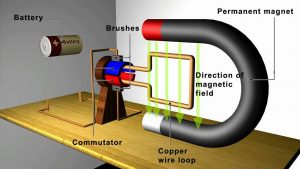
Using this basic generator other Big and Bigger generators are made.
The Process:
When a generator starts, the copper wire loop rotates rapidly and at a uniform speed changing and conducting the current carrying electrons in the magnet shown between the magnet as the “DIRECTION OF MAGNETIC FIELD”. And as it turns, the commutator in a way filters these current carrying electrons and passes them to the respective brushes or carbon brushes which are either positive or negative current carrying electrons. The commutator also converts AC to DC and vice versa (AC and DC shall be discussed later).
Question;
WHAT KEEPS THE COPPER WIRE LOOP TURNING?
Its simple;
- For fuel generator: They of course use fuel and this fuel passing through the pipes enters a combustion chamber in which spark plug ignites. When ignited it makes/pumps the pistons in the combustion chamber to go up and down until there is no more combustion and a rotatory axis is provided through the combustion chamber which spin/turns the copper wire loop and keeps it turn. So long as it is provided that there is fuel that is enough for the combustion chamber and the spark plug keeps sparking, the copper wire loop will keep spinning there by making electricity available for consumer use.
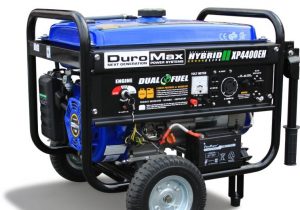 \
\
- For wind generator: They simply use air to generate electricity through their turbines which is similar to the local generator. The wind( Usually a strong wind) pushes the wind generator either in a clockwise or an anti-clockwise manner which keeps the copper wire loop spinning.
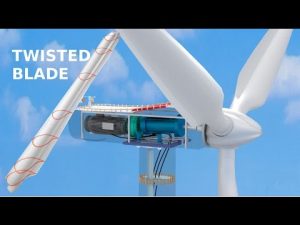
- For Hydro Electricity Generators: For instance the Nigerian Hydro Electricity Plant at Kainji Dam. The Hydro Generator are mostly found at Dams. With your understanding of the above explanations, I believe that to this stage you now know that the provision of water keeps the copper wire loop moving.
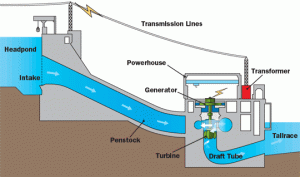
- For Steam Engines: This could in a way be classified as hydro but it’s not, water is heated at or above 100 degrees celcuis and is passed through a pipe or chamber to the steam engines blade there by generating electricity.
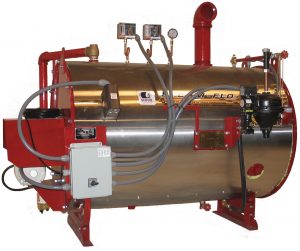
Definition Of Some Terms
- Carbon Brush/Brush: Is a device which conducts current between two or more stationary wires and moving parts in a rotating shaft, an example is the carbon brushes in the electric generator motor in the picture diagram above.
- commutator: A commutator is a rotatory electrical switch (in some electric generators) which periodically reverses the current direction between the rotor(the rotating part) and the external circuit(the output). It is a cylinder composed of multiple metal contact segments on the rotating armature of the machine.
- Armature: An armature is the power producing component of an electric machine which can be either on the rotor( the rotating part ) or the stator( the stationary part) of the electric machine. The armature interacts with the magnetic field (magnetic flux) in the air gap. It has two main roles which are to carry or conduct current carrying electrons( electricity) in the rotor where as the second main role is literally generate electricity.
- Magnetic Flux: Is the measurement of the total magnetic field which passes through a given area.
- Electron: An electron is the negative charge of an atom.
- Electricity: Is simply the flow of current or charge from one point to the other.
Leave your comments bellow for more of your questions to be answered.
 Skip to content
Skip to content 